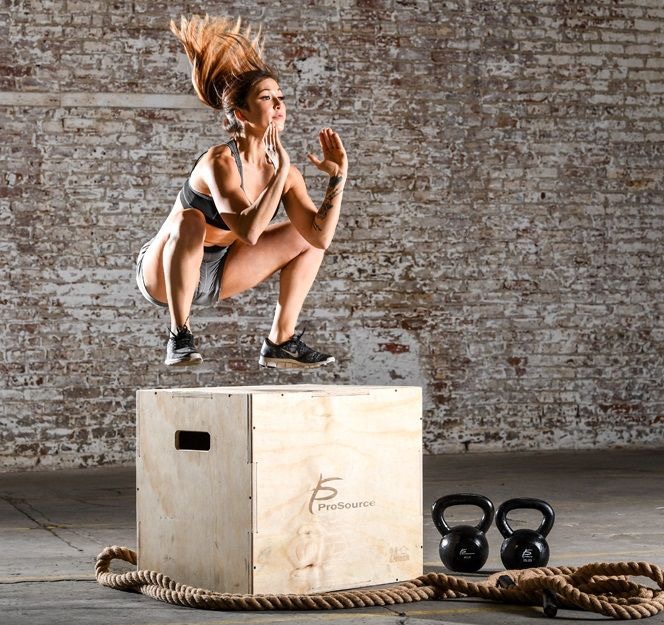When it comes to enhancing your fitness regimen, few tools are as versatile and effective as plyometric boxes. These unassuming pieces of equipment, often referred to as jump boxes or plyo boxes, can be found in gyms, CrossFit boxes, and home workout spaces across the globe. They may look simple, but don’t let their appearance fool you – plyometric boxes are powerful tools for building strength, improving agility, and boosting explosive power.
In this comprehensive guide, we’ll take you through the ins and outs of plyometric box training, from the basics to advanced techniques. Whether you’re an experienced athlete looking to refine your skills or a beginner seeking to incorporate plyometrics into your routine, this step-by-step guide will equip you with the knowledge and confidence to make the most of these dynamic fitness tools.
We’re an affiliate. We hope you love the products we recommend! Just so you know, we may collect a share of sales or other compensation from the links on this page. Thank you if you use our links, we really appreciate it!
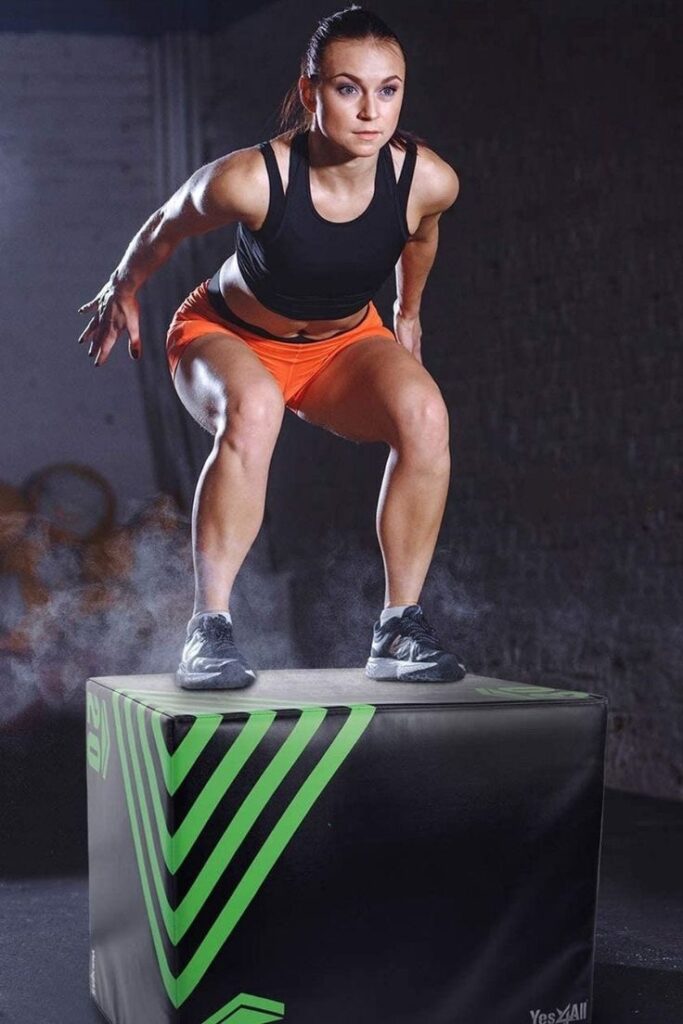
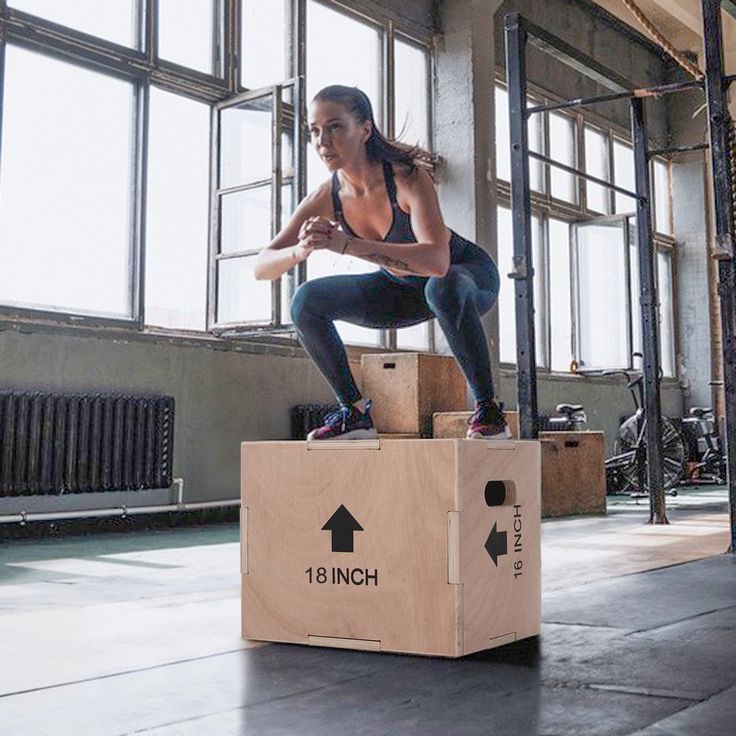

Understanding Plyometric Training
Before we dive into the specifics of plyometric box exercises, let’s start with a fundamental question: What exactly is plyometric training? At its core, plyometrics is a form of exercise that focuses on quick and explosive movements designed to maximize the use of the stretch-shortening cycle (SSC) of muscles. This cycle involves a rapid lengthening (eccentric phase) followed by a quick contraction (concentric phase) of a muscle group.
Plyometric exercises are excellent for developing power, speed, and coordination. They are particularly beneficial for athletes in sports like basketball, soccer, and track and field, where explosive movements play a critical role in success. Additionally, plyometric training is gaining popularity among fitness enthusiasts looking to diversify their workouts and achieve a higher level of functional fitness.
The Role of Plyometric Boxes
So, where do plyometric boxes fit into this picture? Plyo boxes provide a stable platform for performing a wide range of plyometric exercises, especially those involving jumping and explosive movements. Their versatility lies in their varying heights, allowing users to tailor workouts to their fitness levels and goals.
Here are some key benefits of incorporating plyometric boxes into your training routine:
- Improved Vertical Jump: If you want to soar higher in your basketball games or reach new heights in your obstacle course races, plyo boxes can help improve your vertical jump, a crucial athletic skill.
- Increased Lower Body Strength: Plyometric box exercises target your lower body muscles, including the quadriceps, hamstrings, and calf muscles, helping you build strength and muscular endurance.
- Enhanced Speed and Agility: Plyometrics can enhance your speed and agility by training your muscles to generate explosive force quickly, which is vital for sports that require rapid changes in direction.
- Functional Fitness: Plyometric exercises mimic real-life movements and can improve your overall functional fitness, making everyday activities easier and safer.
- Calorie Burn: The intensity of plyometric exercises can help you burn calories efficiently, making them a valuable addition to your weight loss or maintenance routine.
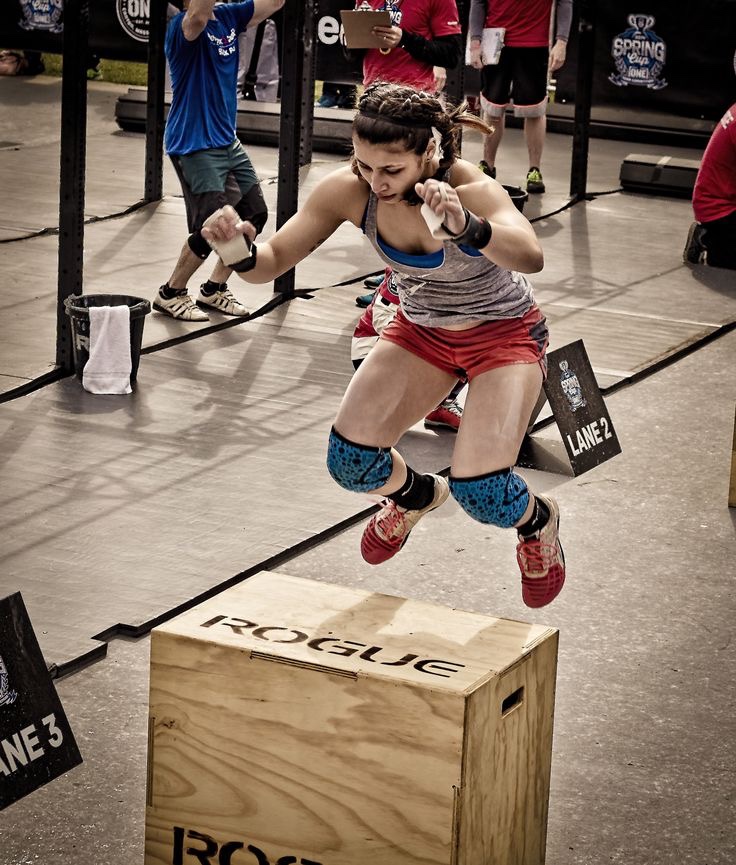


Choosing the Right Plyometric Box
Before you jump into plyometric box training, it’s essential to select the right box for your fitness level and goals. Plyometric boxes typically come in various heights, ranging from as low as 6 inches to over 30 inches. Here are some tips for choosing the appropriate plyometric box:
- Consider Your Fitness Level: If you’re new to plyometrics or have limited jumping experience, start with a lower box (around 12-18 inches) to build confidence and avoid injury. As you progress, you can gradually increase the box height to challenge yourself.
- Set Clear Goals: Determine your specific fitness goals. Are you aiming to improve your vertical jump, build strength, or increase agility? Your goals will help you choose the most suitable exercises and box heights.
- Safety First: Ensure that the plyometric box you choose is sturdy and stable. Look for boxes made of high-quality materials that can withstand the impact of your jumps. Some boxes also come with non-slip surfaces for added safety.
- Adjustable Boxes: Consider investing in adjustable plyometric boxes that allow you to change the height quickly. These versatile options can accommodate various exercises and skill levels.
Here are our personal picks for plyometric boxes based on all the factors we just discussed:
(Click on the photo to open the link)
Essential Plyometric Boxes Exercises
Now, let’s delve into some fundamental plyometric box exercises to kickstart your training. Remember to warm up adequately before each session and maintain proper form throughout your workouts. Here are three essential exercises to get you started:
1. Box Jumps:
- Stand in front of the box with your feet shoulder-width apart.
- Bend your knees and swing your arms back.
- Explosively jump onto the box, extending your hips and knees fully.
- Land softly with both feet on the box, ensuring your knees are slightly bent to absorb the impact.
- Step down carefully, or jump back down, depending on your skill level.
2. Box Step-Ups:
- Place one foot on the plyometric box.
- Press through your heel and lift your body up, extending your hips and knees.
- Bring your opposite knee up to a 90-degree angle.
- Lower your opposite foot back to the ground.
- Repeat for the desired number of repetitions on one leg before switching to the other.
3. Depth Jumps:
- Stand on the edge of the plyometric box with your toes hanging off.
- Step off the box and immediately jump as high as possible upon landing.
- Focus on minimizing ground contact time between stepping off the box and jumping.
- This exercise helps improve reactive strength and explosiveness.
These exercises are just the tip of the iceberg when it comes to plyometric box training. As you become more proficient, you can explore advanced movements like box pistol squats, lateral box jumps, and box push-ups. Always prioritize safety and gradually progress to higher-intensity exercises.
Incorporating Plyometric Boxes into Your Routine
To reap the full benefits of plyometric box training, it’s important to incorporate these exercises strategically into your fitness routine. Here are some tips for integrating plyometrics effectively:
- Warm-Up Thoroughly: Begin your session with a dynamic warm-up to prepare your muscles and joints for the intensity of plyometric exercises. Include exercises like leg swings, high knees, and jumping jacks.
- Start Slowly: If you’re new to plyometrics, start with a lower box height and a lower number of repetitions. As you become more experienced, you can gradually increase the intensity.
- Rest Between Sets: Allow adequate rest between sets to recover and maintain proper form. Plyometric exercises are high-intensity and can lead to fatigue and decreased performance if not managed correctly.
- Incorporate Plyometrics Wisely: Plyometric training is demanding on your body, so it’s essential to schedule it appropriately in your weekly workout routine. Depending on your goals, aim for 1-3 plyometric sessions per week.
- Listen to Your Body: Pay attention to any signs of fatigue or discomfort during your workouts. It’s crucial to avoid overtraining and to prioritize recovery.
- Progress Gradually: As you become more proficient in plyometrics, increase the box height or add variations to continually challenge your muscles and prevent plateaus.
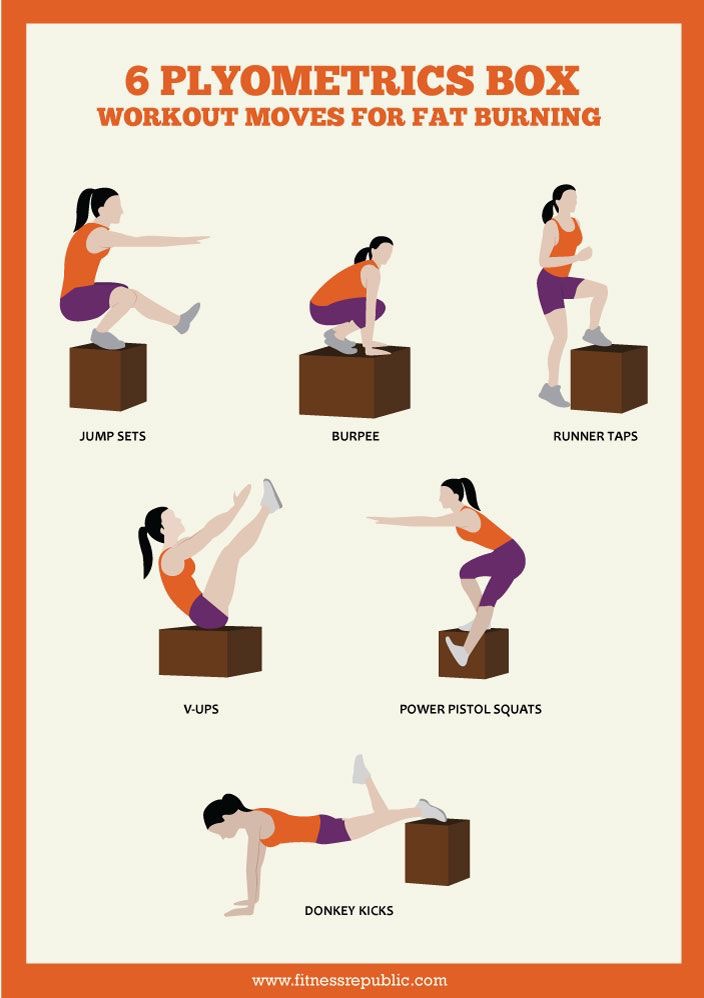
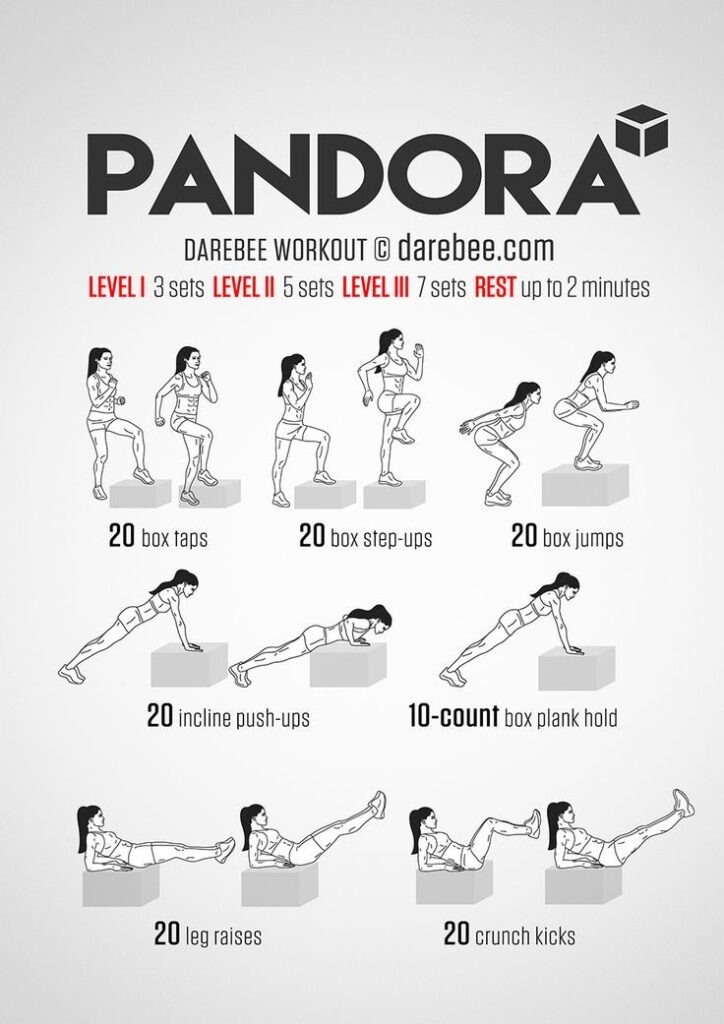
Conclusion for Plyometric Boxes
Plyometric boxes are versatile tools that can elevate your fitness journey by improving strength, explosiveness, and agility. Whether you’re an athlete seeking to enhance your performance or someone looking to spice up their workout routine, plyometric box training offers a wide range of benefits.
Remember, safety and proper form should always be your top priorities. Start with the basics, gradually progress, and don’t hesitate to seek guidance from a fitness professional if you’re new to plyometrics. With dedication and consistency, you can harness the power of plyometric boxes to reach new heights in your fitness goals. So, go ahead and take that leap – your fitness journey is about to reach new heights!
As you embark on your fitness journey and explore various training methods like plyometric box exercises, it’s essential to remember that a well-rounded approach to weight loss and overall health often involves a combination of strategies. While plyometrics and exercise play a significant role, your diet and lifestyle choices are equally important. Here are some additional tools and resources to consider that can complement your fitness routine and contribute to your weight loss goals:
dumbbells, yoga mats, fitness trackers, kettlebells, resistance bands, and exercise balls.

